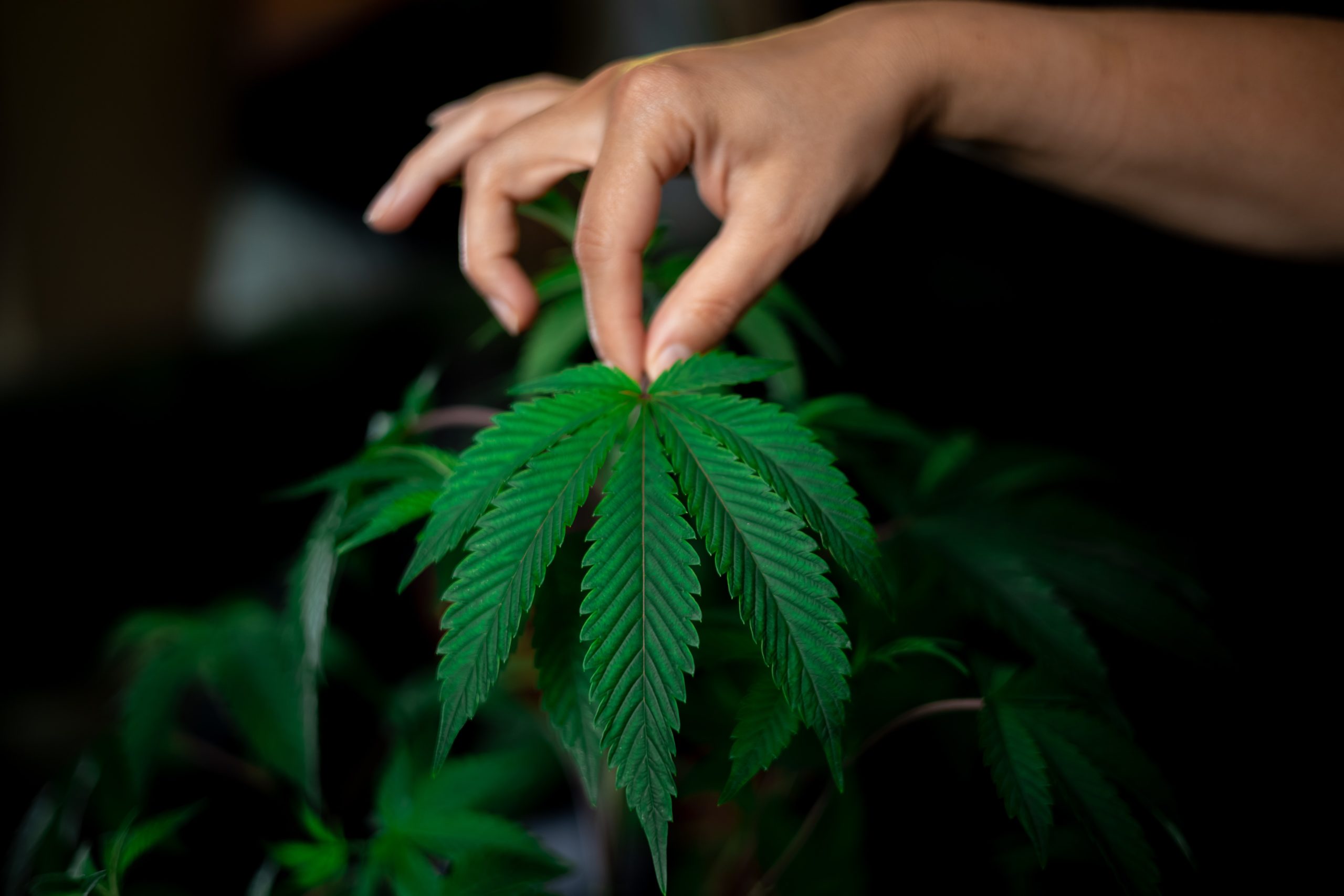
Cannabis, a versatile plant with a long history of human cultivation, has been making headlines in recent years. While it’s commonly associated with recreational use and medicinal properties, one intriguing aspect is its natural growth in certain regions of the United States. This article delves into the science behind the cannabis plant and why specific regions are more hospitable to its growth. It also explores the implications of natural cannabis growth on the current markets, encompassing economic opportunities, genetic diversity, regulatory challenges, and environmental impact.
The Botanical Wonder in US Soil:
Cannabis, also known as marijuana, grows naturally in various parts of the United States, thanks to its hardy nature and adaptability. The plant thrives in both wild and cultivated environments, exhibiting impressive resilience in diverse climates and terrains. Historically, cannabis has been found growing in regions such as California, Oregon, Washington, and parts of the Midwest and Southeast.
Climate and Temperature:
Cannabis plants prefer temperate climates with moderate temperatures between 60 to 80 degrees Fahrenheit (15 to 27 degrees Celsius). This temperature range promotes optimal growth and development of the plant. Regions with Mediterranean climates, such as California, Oregon, and Washington, provide suitable conditions for cannabis cultivation. The Midwest and Southeast regions also offer favorable climates, although with some variations in temperature and humidity.
Sunlight and Photoperiod:
Sunlight is crucial for cannabis growth, especially during the flowering stage. Cannabis is a photoperiodic plant, meaning its flowering cycle is triggered by changes in daylight hours. Regions closer to the equator and those with longer daylight hours during summer months are ideal for cannabis cultivation. This explains why southern states like California, Texas, and Florida are known for their cannabis production.
Soil Composition and Nutrient Availability:
Cannabis prefers well-drained soil with good moisture retention and a balanced nutrient profile. It can adapt to various soil types, as long as they provide adequate drainage and nutrients. Regions with fertile soils and a balance of essential elements, such as nitrogen, phosphorus, and potassium, can support robust cannabis growth. Agricultural areas with nutrient-rich soils, such as parts of the Midwest, are suitable for cannabis cultivation.
Water Availability:
Water availability is critical for cannabis cultivation. While the plant requires water, excessive moisture and poor drainage can lead to issues. Regions with adequate rainfall or access to irrigation resources are advantageous for cannabis cultivation. However, careful water management techniques may be necessary in drought-prone or water-limited regions.
Elevation and Microclimates:
Elevation and microclimates within regions also influence cannabis growth. Higher elevations can offer cooler temperatures and lower humidity, which can benefit certain strains of cannabis. Microclimates, such as valleys or areas near bodies of water, may create localized favorable conditions by providing protection from extreme temperatures, wind, or frost.
Implications for Current Markets:
- The Rise of Hemp Cultivation:
The natural growth of cannabis significantly influenced the cultivation of hemp, a non-intoxicating variety. The passage of the 2018 Farm Bill, legalizing hemp at the federal level, led to increased hemp cultivation. Wild cannabis plants provided valuable resources for farmers developing high-quality hemp strains with desirable traits like robustness and disease resistance.
- Genetic Diversity and Strain Development:
Natural cannabis growth contributes to the genetic diversity of strains available in the US market. Wild plants possess unique genetic traits that can be selectively bred into commercially cultivated varieties, resulting in more robust and potent strains. This genetic diversity expands consumer options, creating a vibrant and diverse cannabis market.
- Regulatory Challenges:
The presence of naturally growing cannabis poses regulatory challenges for federal and state authorities. While the 2018 Farm Bill legalized hemp, it mandated strict regulations for THC content, distinguishing it from marijuana. The natural growth of cannabis blurs the line between legal hemp and illegal marijuana, requiring increased vigilance and regulation to prevent the accidental cultivation of psychoactive cannabis strains.
- Economic Opportunities:
Natural cannabis growth presents economic opportunities in terms of job creation and revenue generation. The cultivation, processing, and distribution of cannabis products support a thriving industry, creating employment opportunities in regions where cannabis grows naturally. Development of hemp-based industries, such as textiles, construction materials, and CBD products, further contributes to economic growth.
- Conservation and Environmental Impact:
Naturally growing cannabis has implications for conservation efforts and the environment. Cannabis plants provide habitats for various animal species, contribute to soil health, and can assist in phytoremediation. However, uncontrolled growth can lead to adverse effects, including displacement of native flora and potential water consumption issues in drought-prone regions.
Conclusion:
The natural growth of cannabis in the United States has had a multifaceted impact on current markets. From driving the hemp industry to shaping genetic diversity, it has influenced various aspects of the cannabis market. While offering economic opportunities, it also poses regulatory challenges and environmental considerations. As the cannabis industry continues to evolve, striking a balance between harnessing the benefits of natural growth and implementing responsible regulations is essential for ensuring a sustainable and thriving market.
EXPLORE MORE NEWS
Newsletter




